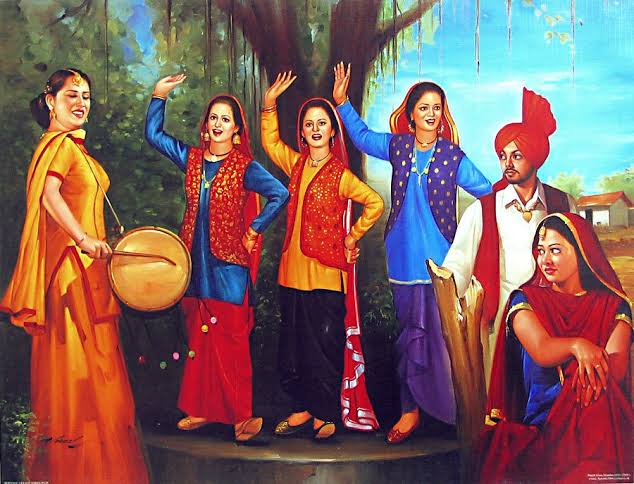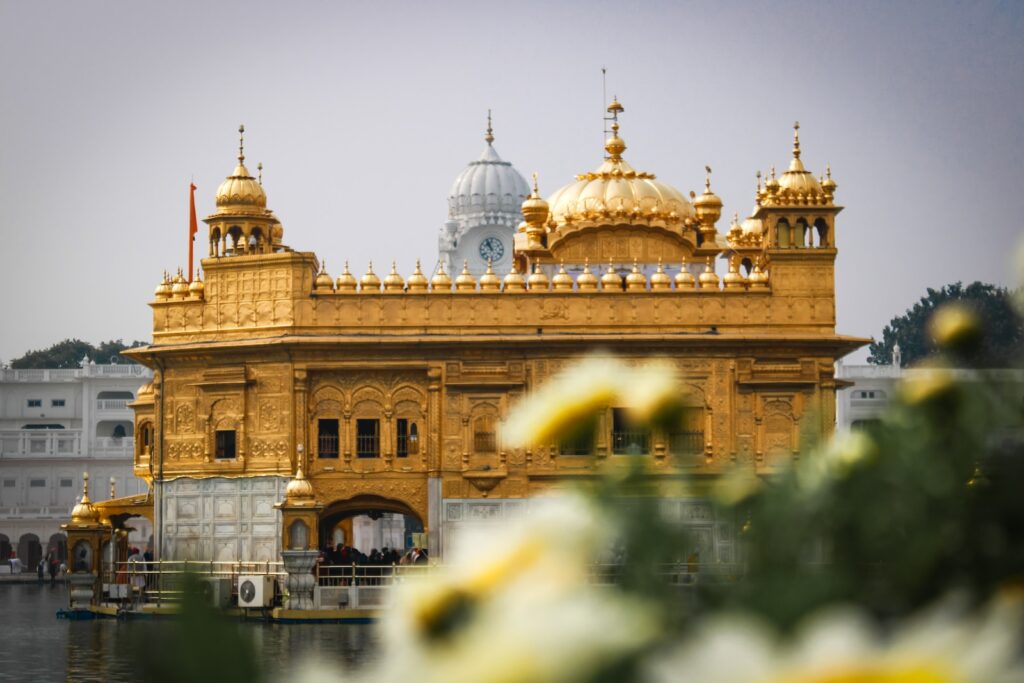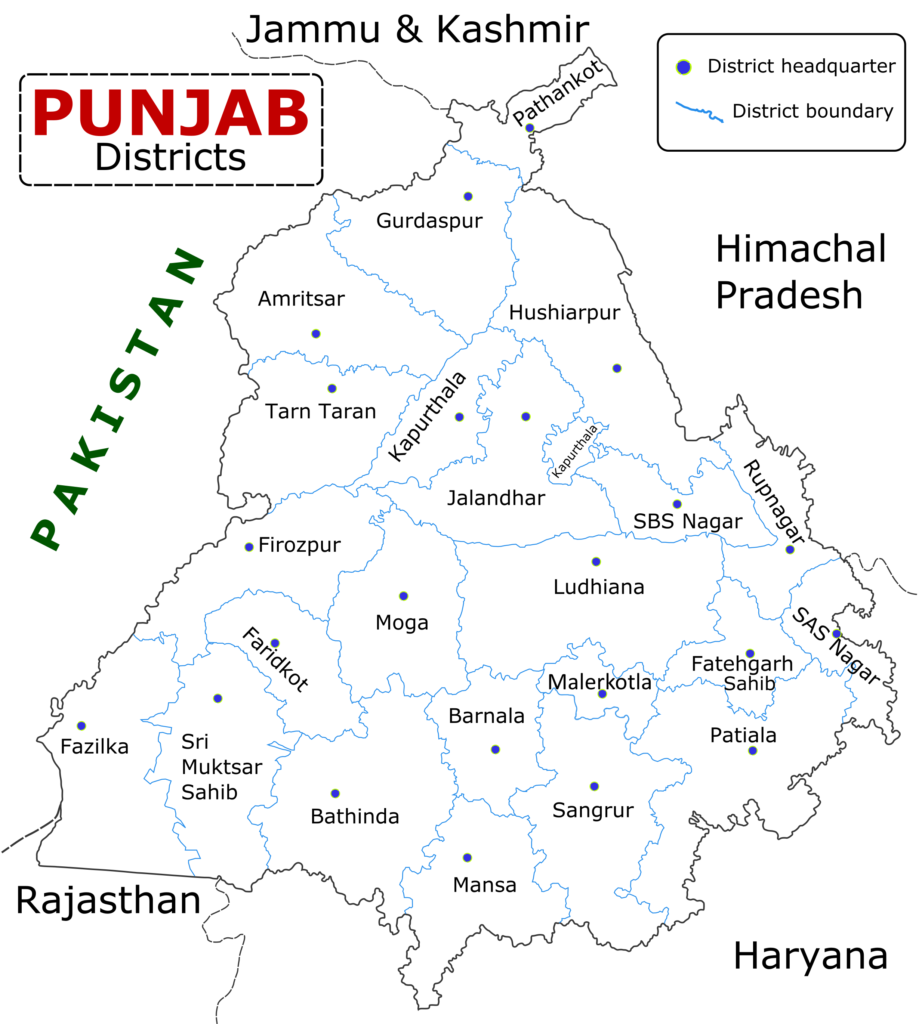Punjabi Culture: Punjab is a state in northern India that shares its borders with Pakistan, Jammu and Kashmir, Himachal Pradesh, Haryana and Rajasthan. The name Punjab means “the land of five rivers”, referring to the Indus, Jhelum, Chenab, Ravi and Sutlej that flow through the region.
Punjab has a long and glorious history, dating back to the ancient Indus Valley civilization, which flourished around 3000 BCE. Punjab has witnessed many invasions, migrations, wars and revolutions, which have shaped its culture and identity. Punjab is also the birthplace of Sikhism, a monotheistic religion that emerged in the 15th century as a reform movement within Hinduism.
Punjabi Culture
Punjabi culture is one of the most diverse and vibrant in the world, reflecting the influences of various ethnic, religious and linguistic groups that have lived in the region over the centuries. Punjabi culture is known for its colorful and extravagant traditions, such as the Baisakhi festival, the Lohri bonfire, the Basant kite flying, the Karva Chauth fast, and the Dussehra celebration. Punjabi culture is also famous for its cuisine, music, dance, art, literature, architecture and values. In this post, we will explore some of the main aspects of Punjabi culture and how they represent the spirit and essence of Punjab.
Punjabi Cuisine
Punjabi cuisine is one of the most popular and delicious in India and abroad. It is characterized by its rich, spicy and buttery flavors, and its use of wheat, rice, dairy products, legumes, vegetables and meat. Some of the most famous dishes of Punjabi cuisine are:
Makki di roti and sarson da saag:
This is a traditional winter dish, consisting of flatbread made from corn flour and a curry made from mustard greens. It is usually served with butter, jaggery and radish.
Chole bhature:
This is a popular street food, consisting of spicy chickpea curry and deep-fried leavened bread. It is usually served with onion, pickle and yogurt.
Rajma chawal:
This is a comfort food, consisting of red kidney bean curry and steamed rice. It is usually served with onion, green chili and lemon.
Paneer naan:
This is a stuffed bread, consisting of unleavened dough filled with cottage cheese and spices. It is usually baked in a clay oven called tandoor and served with mint chutney and yogurt.
Tandoori chicken:
This is a grilled dish, consisting of chicken marinated in yogurt and spices and cooked in a tandoor. It is usually served with onion, lemon and mint chutney.
Punjabi cuisine also has a variety of desserts, such as gajar ka halwa (carrot pudding), kheer (rice pudding), kulfi (frozen milk dessert), jalebi (deep-fried syrupy coils), and laddoo (sweet balls). Punjabi cuisine is incomplete without the mention of lassi, a refreshing drink made from yogurt and water, flavored with salt, sugar, cardamom, saffron or fruit. Lassi is often served as a welcome drink or as a digestive after a heavy meal.
Punjabi Culture: Music and Dance
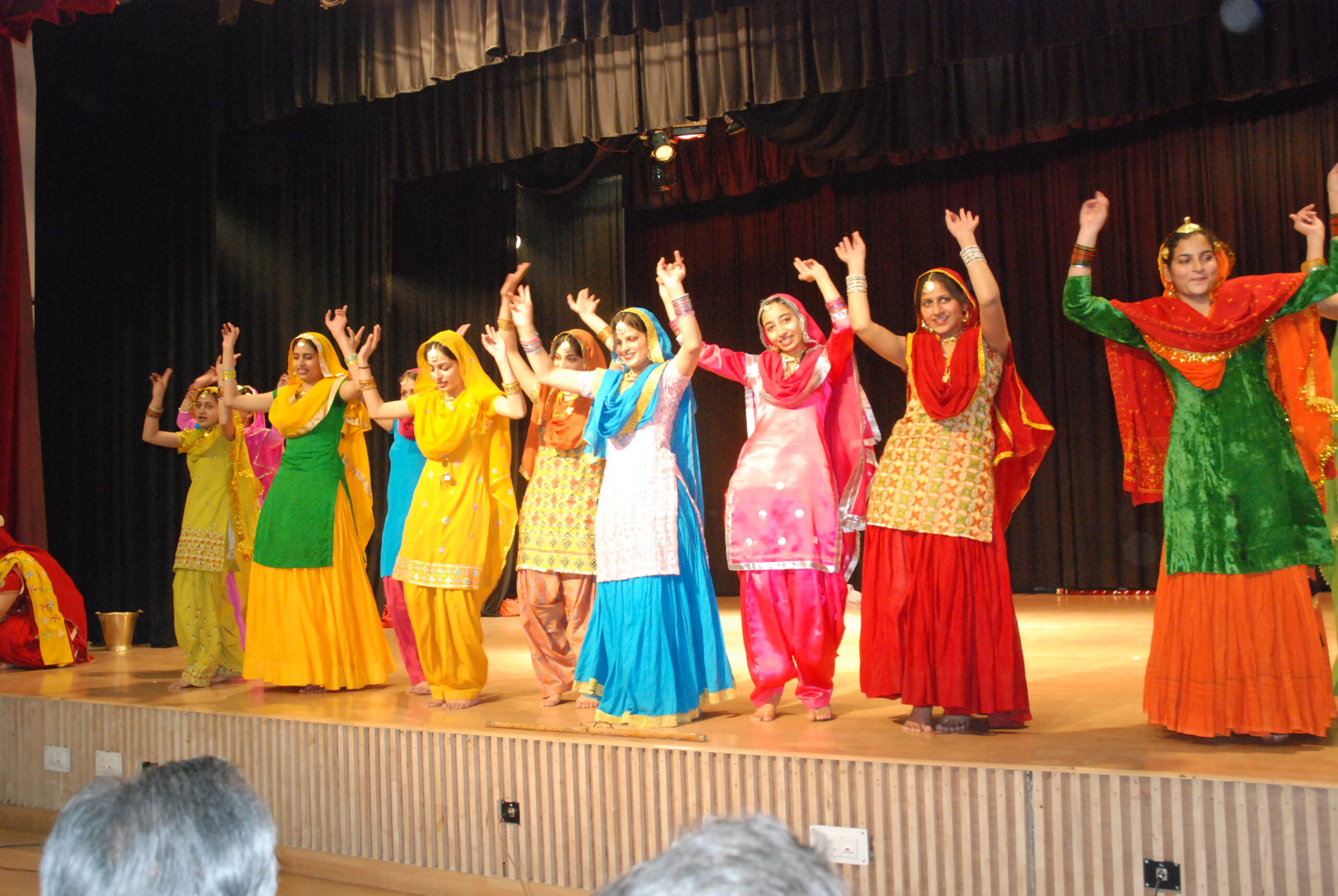
Punjabi music and dance are an integral part of Punjabi culture, expressing the emotions, sentiments and values of the people. Punjabi music and dance have a variety of genres, such as folk, classical, devotional, pop, rock, rap and fusion. Some of the most famous forms of Punjabi music and dance are:
Bhangra:
This is a folk dance and music form, originating from the harvest season, when farmers would celebrate their crops and thank God for their blessings. Bhangra involves energetic and rhythmic movements, accompanied by drums, flutes, cymbals and folk songs. Bhangra has become a global phenomenon, with many modern adaptations and variations.
Giddha:
This is a folk dance and music form, performed by women, expressing their joy, love, sorrow and humor. Giddha involves graceful and playful gestures, accompanied by clapping, singing and drumming. Giddha is often performed on occasions such as weddings, festivals and social gatherings.
Qawwali:
This is a devotional music form, originating from the Sufi tradition of Islam, which aims to connect the listener with the divine. Qawwali involves poetic lyrics, sung by a lead vocalist and a chorus, accompanied by harmonium, tabla, dholak and hand clapping. Qawwali is often performed at shrines, mosques and festivals.
Punjabi Pop:
This is a contemporary music form, influenced by western genres such as hip hop, rock, reggae and disco. Punjabi pop involves catchy tunes, catchy lyrics, and electronic instruments, such as keyboards, guitars, drums and synthesizers. Punjabi pop is often performed by solo artists or bands, who have a large fan following in India and abroad.
Punjabi Art and Literature
Punjabi art and literature are the expressions of the creative and intellectual talents of the Punjabi people. Punjabi art and literature have a long and rich history, dating back to the medieval period, when Punjab was a center of learning and culture under the Muslim and Sikh rulers. Some of the most famous forms of Punjabi art and literature are:
Punjabi Painting:
This is a visual art form, depicting the scenes from the history, mythology, religion and folklore of Punjab. Punjabi painting developed during the reign of Iltutmish of the Khilji dynasty, who patronized it. Punjabi painting reached its peak during the Sikh Empire, when artists such as Nainsukh, Sobha Singh and Amrita Sher-Gil created masterpieces of portraiture, landscape and realism.
Punjabi Poetry:
This is a verbal art form, expressing the thoughts, feelings and experiences of the Punjabi poets. Punjabi poetry has a variety of forms, such as doha (couplet), chaupai (quartet), kafi (lyric), ghazal (love poem), nazm (narrative poem) and shabad (hymn). Punjabi poetry has a rich tradition of mysticism, humanism, patriotism and humor. Some of the most famous Punjabi poets are Baba Farid, Guru Nanak, Bulleh Shah, Waris Shah, Amrita Pritam and Shiv Kumar Batalvi.
Punjabi Prose:
This is a written art form, narrating the stories, events and issues of the Punjabi society. Punjabi prose has a variety of genres, such as novel, short story, essay, biography and autobiography. Punjabi prose emerged in the 19th century, when writers such as Bhai Vir Singh, Nanak Singh, Gurbaksh Singh and Kartar Singh Duggal wrote works of fiction, history, religion and social reform.
Punjabi Architecture and Crafts
Punjabi architecture and crafts are the manifestations of the artistic and technical skills of the Punjabi people. Punjabi architecture and crafts have a unique and distinctive style, influenced by the geography, climate, religion and culture of Punjab. Some of the most famous forms of Punjabi architecture and crafts are:
Punjabi Architecture:
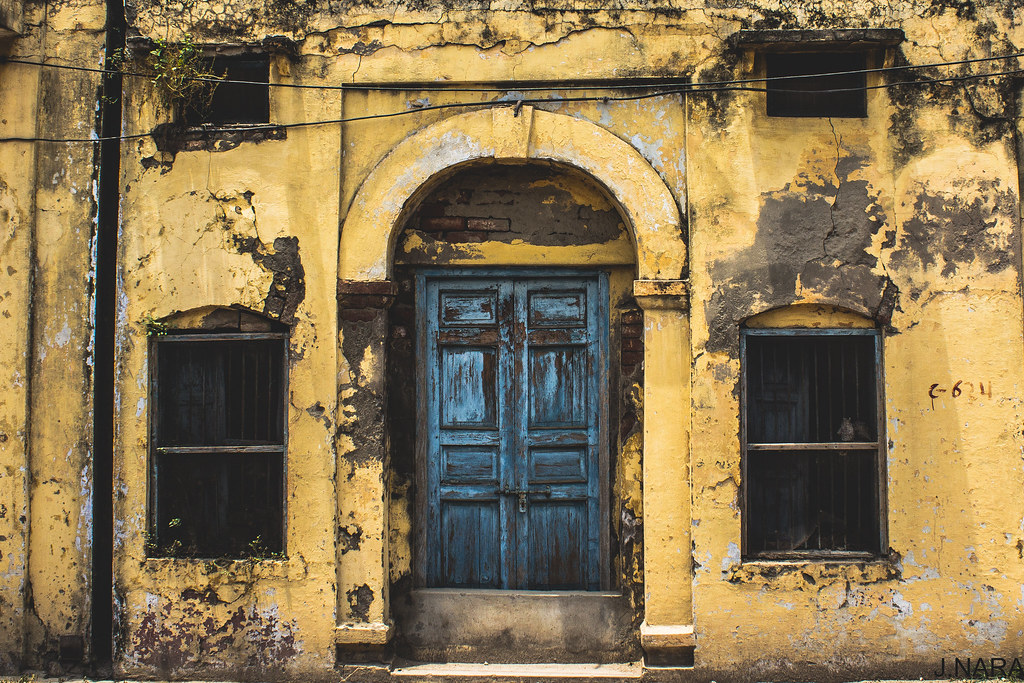
This is a structural art form, designing and constructing the buildings and monuments of Punjab. Punjabi architecture has a variety of styles, such as Indo-Islamic, Sikh, Mughal, British and modern. Punjabi architecture is known for its domes, arches, minarets, pillars, balconies and courtyards.
Some of the most famous examples of Punjabi architecture are:
- The Golden Temple
- The Badshahi Mosque
- The Qila Mubarak
- Khalsa College
- The Rock Garden
Punjabi Crafts:
This is a decorative art form, creating and embellishing the objects and materials of Punjab. Punjabi crafts have a variety of types, such as embroidery, weaving, pottery, metalwork, woodwork, leatherwork and papermaking. Punjabi crafts are known for their intricate patterns, vibrant colors, geometric shapes and floral motifs. Some of the most famous examples of Punjabi crafts are the phulkari, the durrie, the paranda, the jutti and the khanda.
FAQs: Punjabi Culture
Baba Farid
Kafi, a form of Punjabi poetry, is often associated with spiritual and mystical themes.
“Heer Ranjha” by Waris Shah
Bhai Vir Singh
Amrita Pritam is the first woman to win the Sahitya Akademi Award in Punjabi literature.

